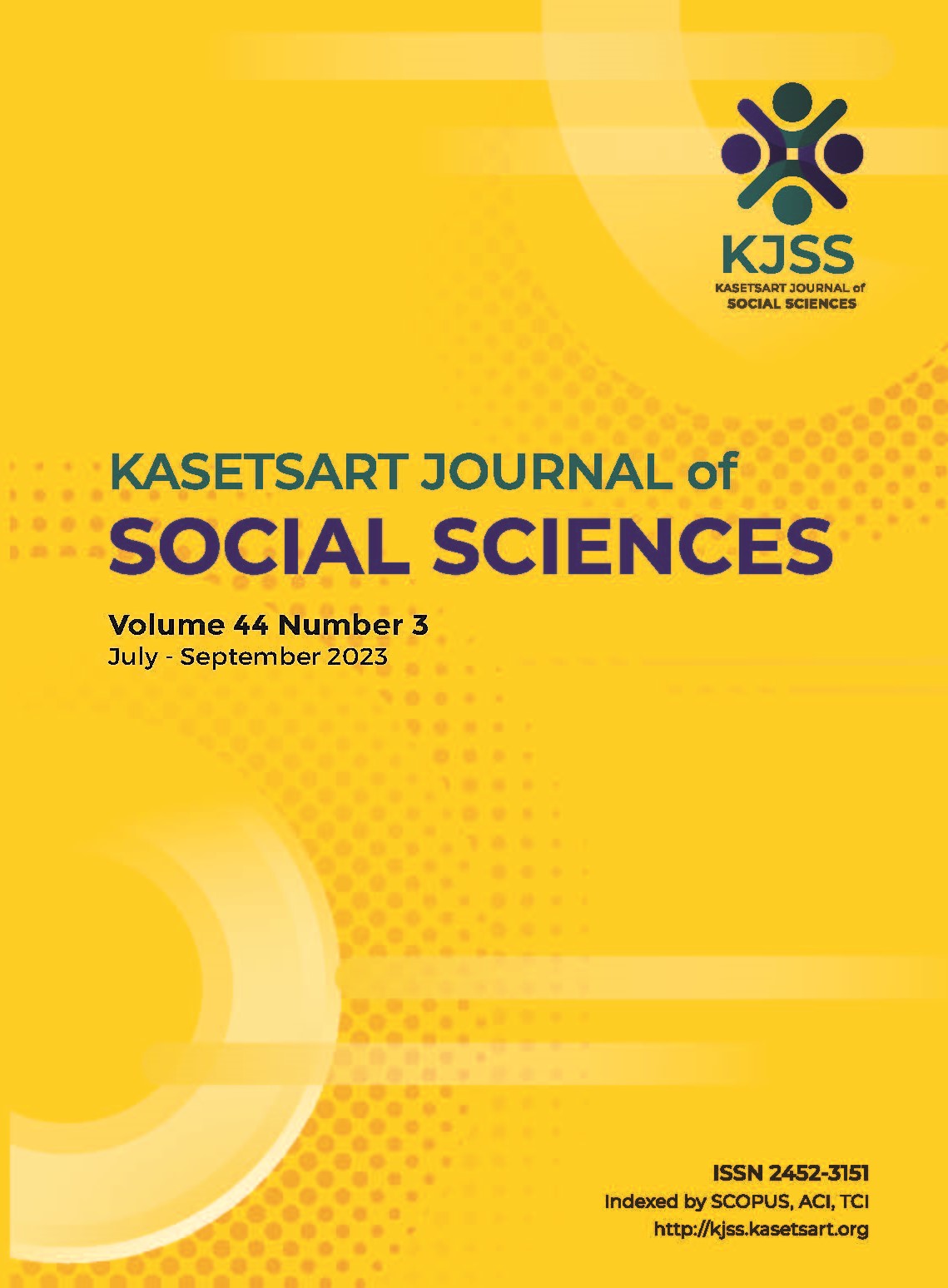Examining social influence on asset misappropriation tendency
Keywords:
asset misappropriation tendency, financial pressure, opportunity, peer influence, rationalizationAbstract
The research aims to develop a model that examines social or situational factors that influence the tendency of asset misappropriation based on the theory of social learning and the Fraud Triangle in the government sector. The majority of the population were Indonesian government employees who worked in Indonesian cities and provinces. Using the Purposive Sampling method, a survey system was used with 371 government employees who work in the logistics, general services, and financial areas and have worked for more than two years. The Structural Equation Model (AMOS) was used to analyze the data. The findings show that opportunity, rationalization, financial pressure, and peer influence have a major effect on the misappropriation tendency of assets. Furthermore, peer influence and opportunity mediate rationalizations and the tendency of misappropriated assets; however, opportunity does not mediate the tendency of misappropriated assets based on financial pressure. This study has investigated the social impact and asset misappropriation tendency in the government sector and proves that social factors influence the tendency of asset misappropriation. It supports the fraud triangle and the social learning theory.
Downloads
Published
How to Cite
Issue
Section
License

This work is licensed under a Creative Commons Attribution-NonCommercial-NoDerivatives 4.0 International License.
This is an open access article under the CC BY-NC-ND license http://creativecommons.org/licenses/by-nc-nd/4.0/










